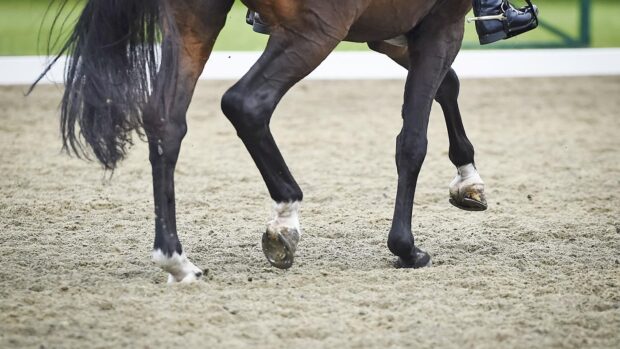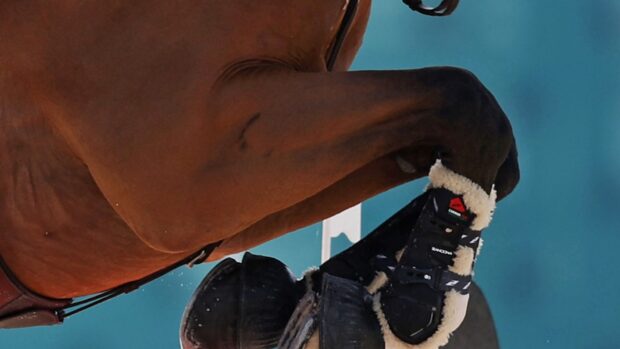On International Women’s Day (8 March), the International Equestrian Federation (FEI) has paid tribute to the large number of women involved at the top level of equestrian sport.
Equestrianism is one of the few sports where men and women compete on equal terms – and with Meredith Michaels Beerbaum leading the World Jumping rankings, Anky van Grunsven as world dressage champion and Zara Phillips as World Eventing Champion, it would seem they are leading the field.
Women also make huge contributions to equestrianism from the ground. The FEI itself has been presided by women for the past 20 years: HRH The Princess Royal from 1986 to 1994, followed by HRH The Infanta Doña Pilar de Borbón (ESP) 1994 – 2006 and now HRH Princess Haya Bint Al Hussein (JOR). Both The Princess Royal and the current FEI President are Olympic athletes.
Women have not always been able to compete against men in equestrian sport – up until World War I they were still riding side-saddle. The military organised and competed in competitions and women watched from the sidelines. In the 1920s smaller competitions were organised for the wives and sisters of famous riders. It was only in the 1950s when civil authorities began to run equestrian events that female riders began to be taken seriously.
In the 1952 Olympics in Helsinki, four women were allowed to compete against men in the Dressage discipline. Lis Hartel of Denmark — who eight years earlier had contracted polio and only partly regained the use of her limbs — won a silver medal. Women were included in the show jumping for the first time at the Stockholm Olympics in 1956 and in 1964 they competed in the eventing section of the Tokyo Olympics.



